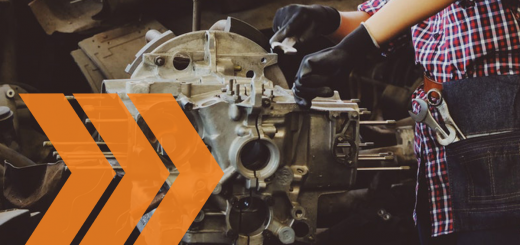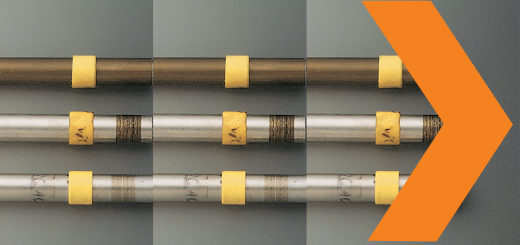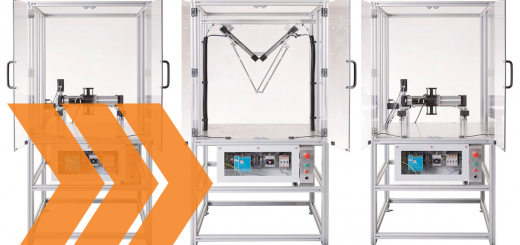Damage patterns of plain bearings – Part 3: Cracks in the plain bearing
By Lars Butenschon
Damage to plastic bearings often stems from incorrect assembly, unsuitable design, or inappropriate material choice. The nature and functionality of these bearings necessitate specific requirements for their sizing, design, and assembly. However, compared to their metallic counterparts, plastic bearings allow for more flexibility in component geometry and a more innovative, albeit potentially riskier, design approach.
Different types of damage to plastic bearings are usually easy to distinguish. The cause of the damage can often be inferred from its appearance, such as deformation or cracks. In this blog post, we’ll provide a snapshot of damage patterns characterized by deformation.
Typical Characteristics and Causes
Structural damage to the bearing can range from sheared or broken flanges to complete disintegration of the bearing. The damage patterns can vary depending on the brittleness and fibre reinforcement of the materials. Such damage is often due to structural issues inherent to the bearing point. Additionally, shear forces or impacts can create tension in the material, leading to tearing or shearing in the flanges. Dirt or corrosion can also cause bearings to crack.
Solution
To address these issues, ensure that the shape and condition of the housing bore and the bearing pin align with the manufacturer’s recommendations or specifications. Bevels should not be too deep and should be as smooth as possible. Sharp hole edges should be avoided. Additional seals can help prevent dirt from entering.
To connect with a technical expert on this subject, please call us at 1-800-965-2496 or start a chat with us by entering your basic contact information on www.igus.ca.
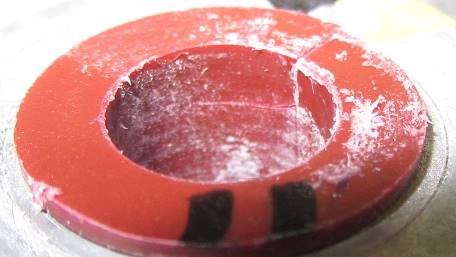
Damage pattern: flange and bearing torn
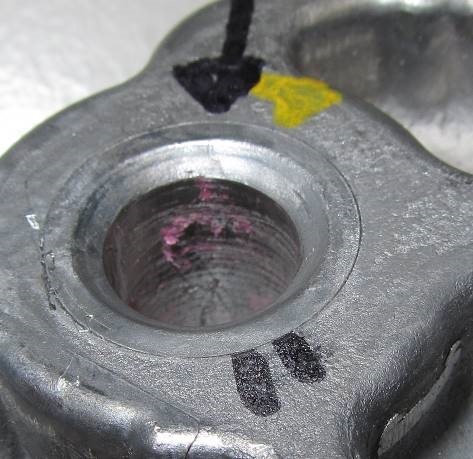
Cause: hole with a very large bevel. As a result, the bushing does not fit properly and breaks if overloaded.

